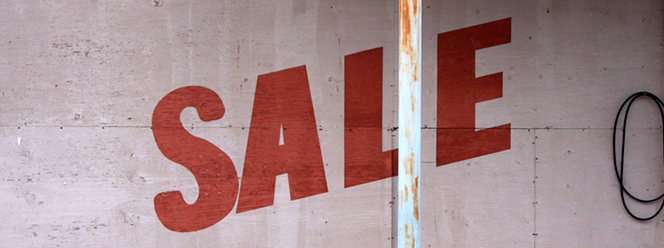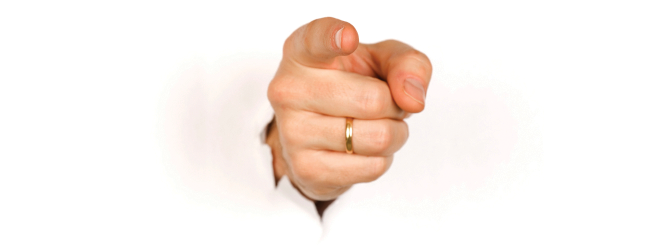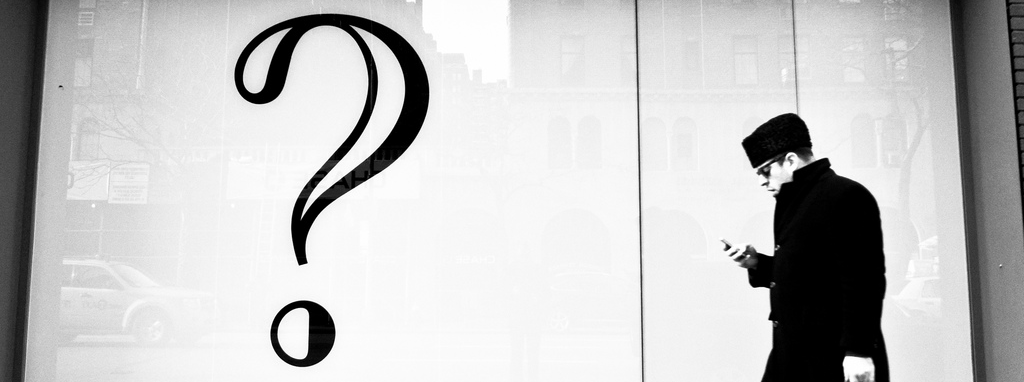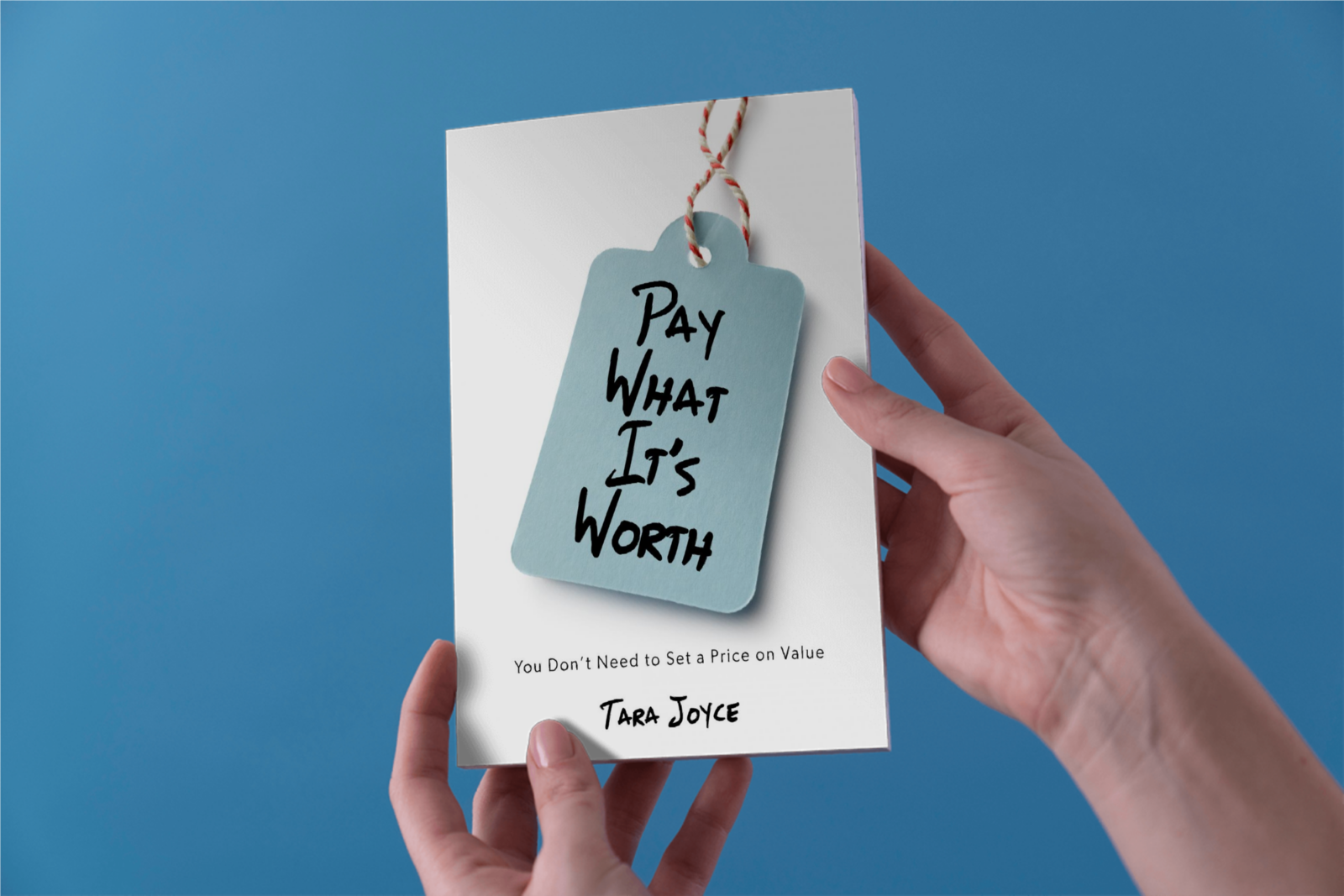
An Experiment in Selling Products Online using Pay What It’s Worth Pricing
I’m curious about selling products online using PWIW and how it can work best. So, about six months ago I turned some communication tools I’d created over the years into products and began selling them in my store using PWIW.
Using PWIW for an Online Store
For my experiment, I wanted to figure out a strong way of selling a product online using PWIW. My first task (I felt) was to find software to help me with the buying and selling of my products. I needed a shopping cart tool to enable the sales transaction and to provide the product to buyers after sale. After doing research I decided upon using e-junkie. I have been happy with this decision.
The second decision I needed to make was how I was going to employ the e-junkie shopping cart with PWIW pricing. As with most online shopping carts, while it allows the customer to set the price of the item (often called a donation), it also requires the seller to set a suggested price.
Suggested Prices Signify Something
One of those things they can signify is what I think the thing I’m selling is worth. And for this experiment, that’s not what I wanted to do. I wanted you alone to decide what the product is worth to you.
But this was not, and is not, an option currently with online shopping carts — to set NO suggested price — so I needed to set the suggested price at something. The value I decided to use (for every product’s suggested price) was what I felt was a ridiculously low value ($0.07). My hope was this suggested price signified, please think about what you value this at because this price is clearly not a fair one.
It was my hypothesis that $0.07 was such an insignificant value to give/pay that it would be altered by each buyer. Most of us would not feel good giving $0.07 to a person in need, nor as a tip for service. And what can we puchase for that amount, outside of loose candy?
Despite this truth about the value of $0.07, my experiment yielded a handful of people that gave this amount to a faceless shopping cart in return for a communication tool created by me in support of them.
(It should be noted that no profit is made from online sales roughly less than $0.50 due to PayPal’s costs to process the transaction.)
A Curious Result
This is not to say there hasn’t been customers that have given fairly, despite the $0.07 suggested price. The fair are the majority in my PWIW experiment. But I found it curious, this minority that used the $0.07 suggested price as their price. They, I feel, are something to consider further.
I theorized there was something in my communication, namely the suggested price, that was contributing to this outcome. I wondered if by setting the suggested price very low, I was unconsciously sending a message about how I valued my work. What does it say about me and how I value my products when I set the suggested price low?
My Question
If these people exist, those that do not consciously consider how they value a product, and you want to sell something online using PWIW, how can you improve the exchange so that they behave more fairly?
My Theory
I’m theorizing that when the suggested price is set extremely low and there is no human connection, the communication it sends allows others to more easily react from a scarcity mindset and not value the product fairly, nor pay fairly.
Trying Something Different
Rather than setting the suggested price ridiculously low ($0.07) for each of the products in my store, I’ve set it ridiculously high ($777).
I am still hoping the suggested price will signify, please think about what you value this at because this price is clearly not a fair one. I am interested in how this higher suggested price affects the behaviour of those customers who are buying unconsciously.
In six months time, I’ll let you know what my experiment yields.
photo credit: kevin dooley









